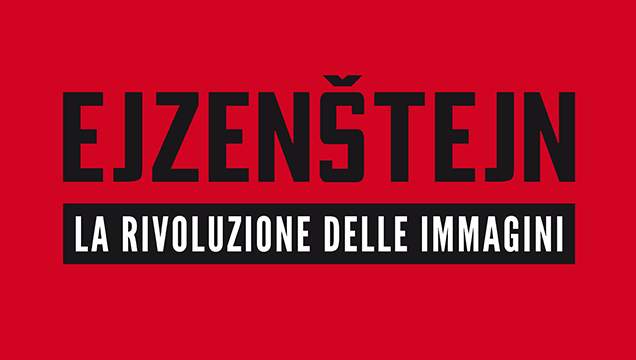Florence celebrates Ėjzenštejn, director of Battleship Potëmkin: cinema for the first time on display at the Uffizi
A film exhibition is the one that starts today, November 7, 2017, and will end on January 7, 2018 at the Uffizi in Florence.
We are talking about the exhibition all dedicated to Sergei Michajlovič Ėjzenštejn (Riga, 1898 - Moscow, 1948), director of "Battleship Potëmkin, " set up on the occasion of the Centenary of the Russian Revolution. The exhibition"Ėjzenštejn. The Image Revolution," which takes place on the second floor of the Florentine gallery, is a look at the work of the Russian master, in which big-screen aesthetics, history and drawings come together.
On display for the first time are 72 graphic works, from theMoscow State Archive of Literature and Art (RGALI), made by Eizenstein between the 1930s and 1948, the year of his death. There are drawings inspired by the great classics of the Renaissance, such as Leonardo, Giotto, of religious themes, as well as expressionist representations of subjects from mythology and the Greek pantheon; finally, depicted to compose purely cinematographic sequences, sketches of figures in motion, drawn in the style of Matisse, as explained by the director of the Uffizi Gallery, Eike D. Schmidt: "The technique of drawing based on pure outline naturally recalls the period of maximum flowering of that graphic formula, namely the neoclassical period, which coincides with that of the philosophical current of German idealism and therefore also Hegelianism, which was adapted by Ejzenštejn after his arrival in Mexico. In fact, one of the Fates sheets alludes to the stylistic features of pre-Columbian bas-reliefs. Other drawings recall Cézanne’s female nudes, particularly the bathers on the banks in his landscapes. It is, however, glaringly obvious and perfectly recognizable that the main aesthetic model for the Fates dancing and stretching expressively is La Danse by Henri Matisse (1910), which is now in theHermitage in St. Petersburg, but which Ejzenštejn certainly admired and studied in the State Museum of Modern Western Art in Moscow, where the work had been transported from Sergei Šchukin’s private home after the Great Revolution."
The exhibit aims to account for these cross-references between the Russian director’s art and that of the Florentine Renaissance: details of his films are compared with details of paintings by the greats of the 15th century preserved in the Uffizi (a museum that Ėjzenštejn wanted to visit but was unable to do so, which he regretted), from Leonardo da Vinci ’sAdoration of the Magi to Paolo Uccello’s Battle of San Romano . This is, moreover, the first time that an exhibition on cinema has been held at the Uffizi.
The exhibition is curated by Marzia Faietti, Pierluca Nardoni, Eike D. Schmidt, and is promoted by the Ministry of Cultural Heritage and Activities and Tourism with the Uffizi Galleries, the Fondazione Cineteca di Bologna (where, on the sidelines of the exhibition, an international conference on Ėjzenštejn’s cinema will be held on November 8), the Moscow State Archive of Literature and Art (RGALI), the State Museum of Fine Arts "A. S. Pushkin" and Florence Museums. A Opera Laboratori Fiorentini - Civita. The exhibition can be visited during the opening hours of the Uffizi, that is, every day except Monday from 8:15 a.m. to 6:50 p.m. (the ticket office closes at 6:05 p.m.). Full 12.50 euros, reduced for E.U. citizens between 18 and 25 years old, 6.25 euros. Free for under 18s of any nationality, disabled and accompanying person, journalists, teachers and students of Architecture, Conservation of Cultural Heritage, Education Sciences, Bachelor of Arts and Philosophy degree with archaeological or historical-artistic degree addresses, Bachelor of Arts degree or corresponding courses in EU member states, Italian teachers with fixed-term and open-ended contracts in service at a public or equal school in the country. The catalog is published by Giunti.
 |
| Florence celebrates Ėjzenštejn, director of Battleship Potëmkin: cinema for the first time on display at the Uffizi |
Warning: the translation into English of the original Italian article was created using automatic tools. We undertake to review all articles, but we do not guarantee the total absence of inaccuracies in the translation due to the program. You can find the original by clicking on the ITA button. If you find any mistake,please contact us.



























